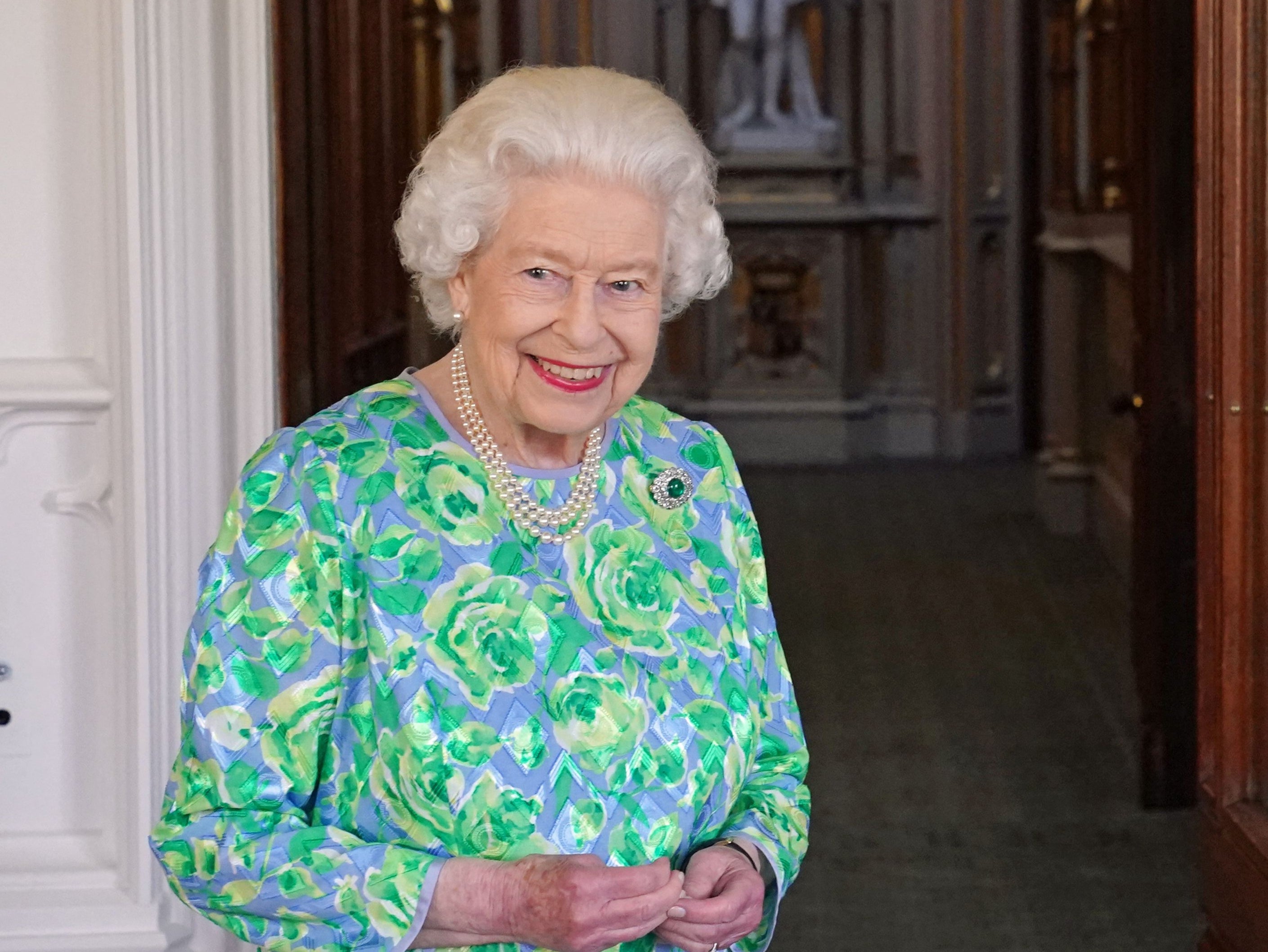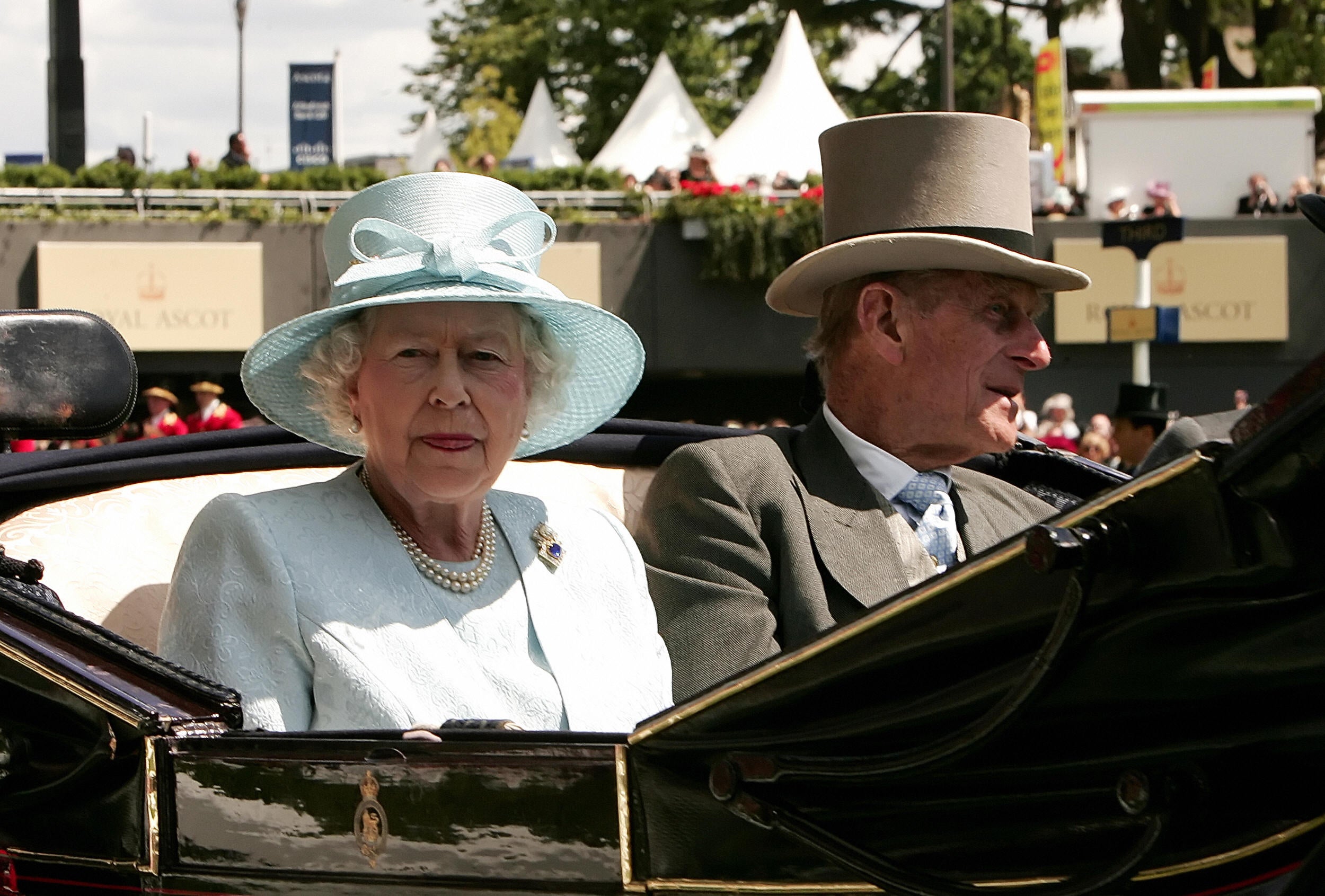How eco friendly is the Queen?
From abandoning fur to travelling in electric cars, how does the monarch try to live in a more eco-friendly way?

Your support helps us to tell the story
From reproductive rights to climate change to Big Tech, The Independent is on the ground when the story is developing. Whether it's investigating the financials of Elon Musk's pro-Trump PAC or producing our latest documentary, 'The A Word', which shines a light on the American women fighting for reproductive rights, we know how important it is to parse out the facts from the messaging.
At such a critical moment in US history, we need reporters on the ground. Your donation allows us to keep sending journalists to speak to both sides of the story.
The Independent is trusted by Americans across the entire political spectrum. And unlike many other quality news outlets, we choose not to lock Americans out of our reporting and analysis with paywalls. We believe quality journalism should be available to everyone, paid for by those who can afford it.
Your support makes all the difference.As it turns out, the Queen is as frustrated with climate change inaction as the rest of us. Earlier this week, Her Majesty was caught speaking on a livestream at the opening of the Welsh parliament, where she said she was “irritated” by individuals who “talk but don’t do”.
The Queen was speaking to the Duchess of Cornwall and the parliament’s presiding officer, Elin Jones, when she spoke of attending the Cop26 climate summit in Glasgow which is set to start on 31 October.
She said: “Extraordinary isn’t it. I’ve been hearing all about Cop ... still don’t know who is coming. No idea. We only know about people who are not coming ... It’s really irritating when they talk, but they don’t do.”
Jones added: “Exactly. It’s a time for doing ... and watching your grandson [Prince William, who launched his Earthshot Prize this week] on the television this morning saying there’s no point going to space, we need to save the Earth.”
The Queen replied: “Yes, I read about it.”
Over the course of her reign, the Queen has implemented a number of environment-friendly changes to her estate.
Buckingham Palace now makes its own honey thanks to its four bee hives, while the monarch has built an impressive fleet of energy-efficient hybrid cars – one of which was used as a hearse at the Duke of Edinburgh’s funeral earlier this year.
As Ian Lloyd, a royal photographer and author of The Duke: 100 Chapters in the Life of Prince Philip notes, much of the Queen’s environmentally forward decisions come from her natural inclination to be as frugal as possible.
“The Queen has always liked a fairly ‘simple’ way of day to day living. Having lived through the Depression and the Second World War she has been aware of money-saving issues all her life,” he tells The Independent, pointing to rumours that she tours Buckingham Palace every night and switches off lights in unused rooms as she goes.
From ensuring that electricity is not being wasted to announcing that she will no longer wear fur, the Queen has clearly marked her place as an ally in the fight against climate change. Here are some of the choices she makes to live a more sustainable life.
She cut ties with fur
In 2019, her official dresser announced that the Queen has stopped wearing real fur, and any future outfits would only use faux fur. Sharing the update in her memoir, The Other Side of the Coin: The Queen, the Dresser and the Wardrobe, Angela Kelly revealed that the Queen had gone as far as to have the mink trim removed from her favourite coats. “If Her Majesty is due to attend an engagement in particularly cold weather, from 2019 onwards fake fur will be used to make sure she stays warm,” she wrote.
However, it should be noted that the Queen does still wear some fur as part of her royal duties, as many of her traditional ceremonial robes are made of fur. The Queen’s decision had a far-reaching impact, with Lyst’s 2020 Conscious Fashion report finding that it prompted a 52 per cent spike in searches for faux fur products.
She believes in slow fashion
Although the Queen of course regularly wears new outfits to public appearances, she also makes an effort to repeat her looks more than once. In her book, HRH: So Many Thoughts on Royal Style, journalist Elizabeth Holmes revealed that every outfit worn by the Queen is recorded, and repeats are spaced out so they aren’t worn twice in front of the same people. “[Then] after the second or third public outing, it will either be reworked into a new design or relegated to private holidays or meetings,” Holmes said.
The yellow suit she wore to Prince William and Kate Middleton’s wedding in 2011 made another appearance during a visit to Australia in October that year, while a matching blue dress and coat ensemble she wore in Malta in 2005 was seen again at the 2008 Royal Ascot.

She keeps tabs on her energy consumption
Lloyd told The Independent that “in a way, [the Queen] has always been environmentally friendly through being naturally frugal”. “The oft-quoted tales of her going around the palace(s) late at night turning off the lights are true. Having lived through the Depression and the Second World War she has been aware of money-saving issues all her life,” he said.
Aside from personally turning off unused lights, the Queen keeps a watchful eye over how much non-renewable energy is used across her estate, monitoring consumption through a network of 60 smart meters. In a bid to cut down on how much power is consumed, energy-efficient LED lighting, which promises to use 86 per cent less electricity, is being trialed at her homes.
The Queen’s estate is also not heated by the National Grid. Instead, Buckingham Palace and Windsor castle use combined heat and power plants and boilers to convert natural gas into electricity. Additionally, Windsor Castle gets 40 per cent of its electricity from two hydroelectric turbines on the River Thames at Romney Weir.
Waste not want not
The Queen’s frugal ways have been well documented by royal historians and biographers. In her 2012 book, Young Elizabeth: The Making Of Our Queen, author Kate Williams claimed that the Queen often reuses wrapping paper.
“After Christmas, Elizabeth would collect up the wrapping paper and ribbons and would smooth them out to be saved. It is a habit that continues to this day,” Williams wrote.
She makes her own honey
Buckingham Palace is home to four Italian honeybee hives, two of which have been there since 2009 and two since 2010.
The hives are kept on an island in the middle of the garden’s lake, which is covered in grasses, giving them immediate access to approximately 350 types of wildflowers and 600 plants.
After their first year in their new home, the bees produced 83 jars of honey.
Her gardens encourage wildlife to thrive
Buckingham Palace gardens have been carefully designed so that they may serve as habitats for a variety of insects. Large piles of wood, which are home to beetles and spiders, are stacked around the palace grounds.
Dead trees and tree stumps are left as they are, providing a “perfect environment for insects to lay their eggs and hatch their larvae in,” the palace said. One such dead tree, at the bottom of the Rose Garden, is currently home to a family of woodpeckers.
The gardens also have a “long grass policy” across 10 per cent of the land. Around 320 types of wildflowers grow here and are allowed to go through an entire yearly cycle of growth before being cut in August. “This means that wildflowers are allowed to reproduce and sustain themselves without interference,” the palace said.
She is asking the public to plant trees

In May, the Queen announced a new initiative asking the public to plant as many new trees as possible ahead of her Platinum Jubilee in June next year.
The Queen’s Green Canopy invites people across the UK to take part when tree planting season begins in October, with the hope of creating “a legacy in honour of The Queen’s leadership of the nation, which will benefit future generations”.
“Whether you are a seasoned gardener or a complete novice, we will guide you through the process of planting trees so that they survive and flourish for years to come,” an official announcement said.
To help kickstart the scheme, the Queen has partnered with Woodland Trust, which will be donating more than three million free saplings to schools and community groups across the country. It has also been backed by prime minister Boris Johnson, who said trees “stand at the frontline of our fight against climate change”.
She travels green
In the last year, like the rest of the world, the royals have reduced their international and domestic travel because of the pandemic. But, according to the BBC, previous accounts showed that the royal family’s carbon footprint from official travel alone was 3,344 tonnes of CO2 in 2018. The same year, Harry and Meghan were criticised for flying by private jet. It is unclear whether the family uses carbon offsetting when travelling.
But during a tour of the Edinburgh Climate Change Institute earlier this month, the Queen said that climate change means “we are going to have to change the way we do things really, in the end”.
Among her own personal changes, the Queen has taken to travelling in electric vehicles. Arriving at the institute in a hybrid Range Rover, as she left the car she told onlookers, “it’s electric”.
In 2017, a spokesperson for the royal family told The Mirror that the Queen had expanded her fleet of electric vehicles, adding an eco-friendly Nissan van.
The collection already included a Renault Twizy, a BMW i3 and a BMW hybrid 7-series. The spokesperson said the van will be used for “transporting machinery, plants and personal” by Buckingham Palace’s gardening team.
Join our commenting forum
Join thought-provoking conversations, follow other Independent readers and see their replies
Comments